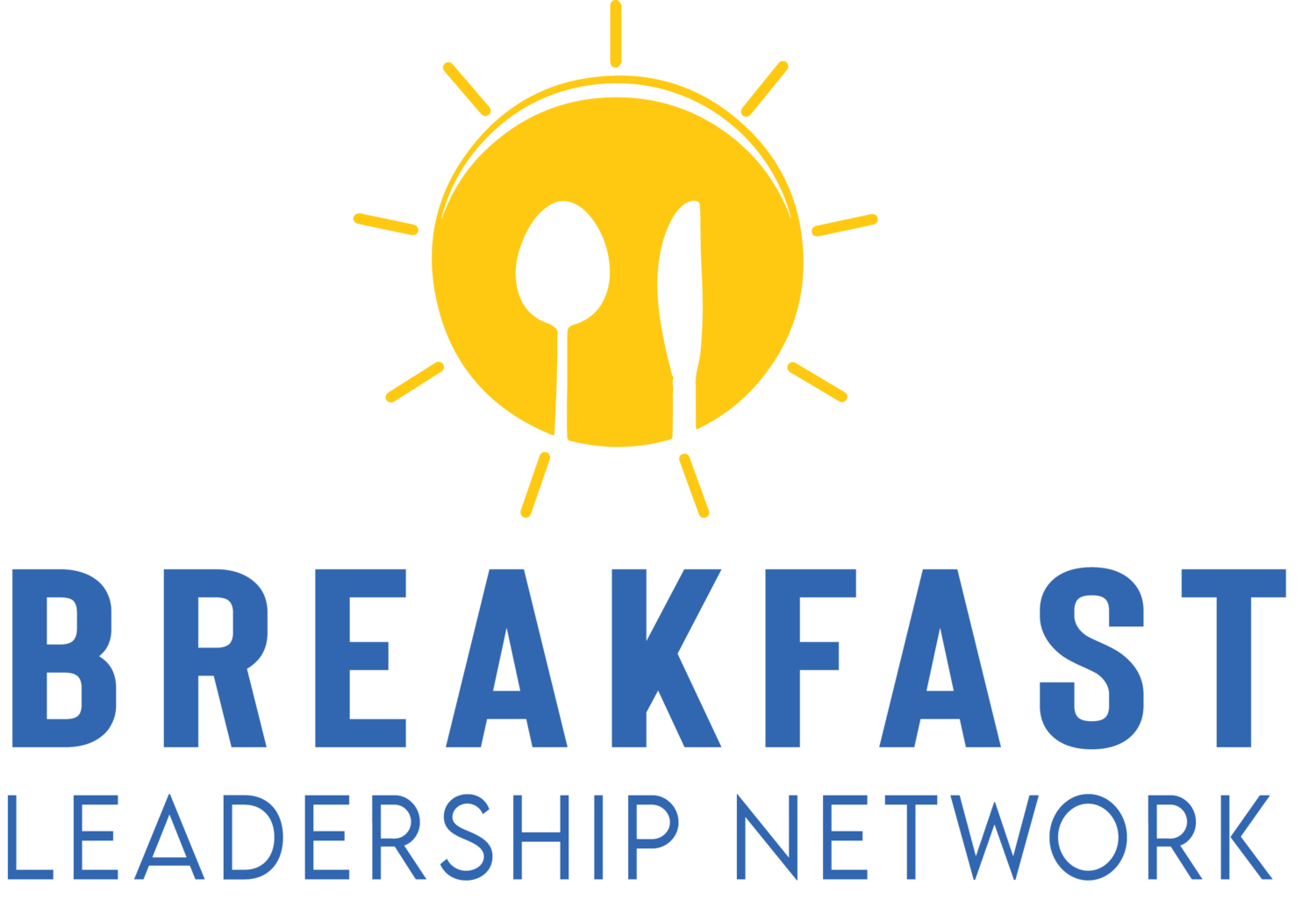Fear-Based Leadership Is Quietly Spreading. Here’s How Founders Can Beat It
A Silicon Valley CEO coach and venture capitalist, she’s watched peers lose their footing as layoffs, boardroom pressure, and panic ripple through the Valley. Kate calls it the “gloves-off era.” Yet she wasn’t spinning out. Why? Because she had spent years building a practical toolkit to operate and even thrive in fear-based environments. In her words, “any day that someone feels alone in the face of a bully is a day too long.” This playbook distills her approach for founders, adding current data and actionable moves.
The Cost of Fear: Why This Matters Right Now
Toxic culture drives exits: One in five U.S. workers left a job in the last five years due to culture, costing companies an estimated $223 billion (shrm.org).
Engagement is sliding: In 2024, engagement in the U.S. and Canada fell to 31 percent. Gallup estimates the global decline from 2023 to 2024 cost $438 billion in lost productivity.
Culture beats comp: Toxic culture was 10.4 times more likely than pay to predict attrition during the Great Resignation (sloanreview.mit.edu).
If you lead a startup—or sell into companies with “iron-fist” executives—this is not background noise. It is a go-to-market risk, a hiring risk, and a product velocity risk.
For a deeper dive on how culture directly impacts growth, read How to Build a Purpose-Driven Culture That Attracts Top Talent.
What Founders Feel First
Kate works with mission-driven and underrepresented founders in healthcare, AI, and climate tech. She’s blunt: “Being a CEO is a slippery slope to being an a-hole, and being an a-hole is a slippery slope to being a fear-based leader.” Founders see the fallout quickly:
Goalposts move overnight.
Teams freeze under top-down orders.
High-talent contributors leave, draining momentum.
Her book was written so leaders can navigate this reality today, not after the culture magically improves.
Anchor One: Build Resilience Before You Play Offense
Kate stresses the foundation: protect your energy. If you can’t sustain your own resilience, you will not have the resources to protect your team.
Practical steps:
Block non-negotiables that refill you (family, therapy, peer groups).
Cap meeting hours and protect maker time.
Model boundaries so your team knows you mean it.
This aligns with the U.S. Surgeon General’s Framework for Workplace Mental Health, which outlines five essentials: protection from harm, connection, harmony, mattering, and growth.
Decode the Fear-Based Leader’s Operating System
Kate’s thesis is clear: you cannot outmuscle fear-based leaders, but you can outmaneuver them.
Status lens: They view others as “above” or “below.”
Utility lens: People are “sheep” (ignored) or “tools” (used).
Emotional channel: They lead with feelings, not facts.
Founder moves:
Fly under the radar when risk is high.
Become “useful” by tying your work to visible wins.
Speak on Their Channel
If a leader demands, “I need the MVP by Friday,” do not debate feasibility. Start with affirmation, then redirect.
Example: “Yes, here’s the version we can responsibly ship Friday, along with the press note. Full scope lands next sprint.”
This validates power first, then reshapes expectations. Over time, you train leadership to expect crisp, face-saving paths forward.
Match Your Approach to Emotional Age
Emotional toddler: volatile. Use short agendas and quick wins.
Emotional teenager: validation-seeking. Neutralize politics with customer proof.
Functional adult: rare but valuable. Use these moments for big initiatives.
This is not pandering. It is situational leadership that keeps your roadmap alive.
Protect Your Builders While Shipping Value
Founders must insulate their teams:
Create a buffer layer between chaos and the squad.
Define “done” in advance and guard it.
Pair fast optics (demo, PR snippet) with slow substance (architecture docs).
When managers stay engaged, teams stay engaged. Yet in 2024, manager engagement fell to 27 percent globally, dragging teams with it.
For tools on protecting your team’s energy, see Reimagining Executive Burnout Beyond Existential Liberation.
Mission as a Moat
Mission-driven leaders have a shield against panic. Tie each sprint to a must-have outcome, not vanity metrics. Fear thrives in ambiguity. Mission reduces it.
Two rituals help:
Start planning with the user harm you are preventing.
End reviews by celebrating impact and contribution.
This echoes the Surgeon General’s call to reinforce mattering and growth.
Know When to Walk
Not every situation is winnable. Build a decision memo:
Attrition risk: Are toxic markers like disrespect or DEI failures showing up?
Engagement drag: Are signals like role clarity fading?
Cost of staying: What’s the productivity loss of disengagement?
If the memo says exit, transition with care. Preserve your people, your equity, and your options.
A Better Way Is Possible
Kate’s reminder: refill your energy on purpose, then play the game with clear eyes. “Have a strategy for taking care of yourself because the leader is not going to take care of you.”
Pair self-care with tactical moves, and you’ll keep building even when leadership culture turns cold.
For additional strategies, read Why Leaders Waste More Time Than They Think—and How Tech Fixes It.
